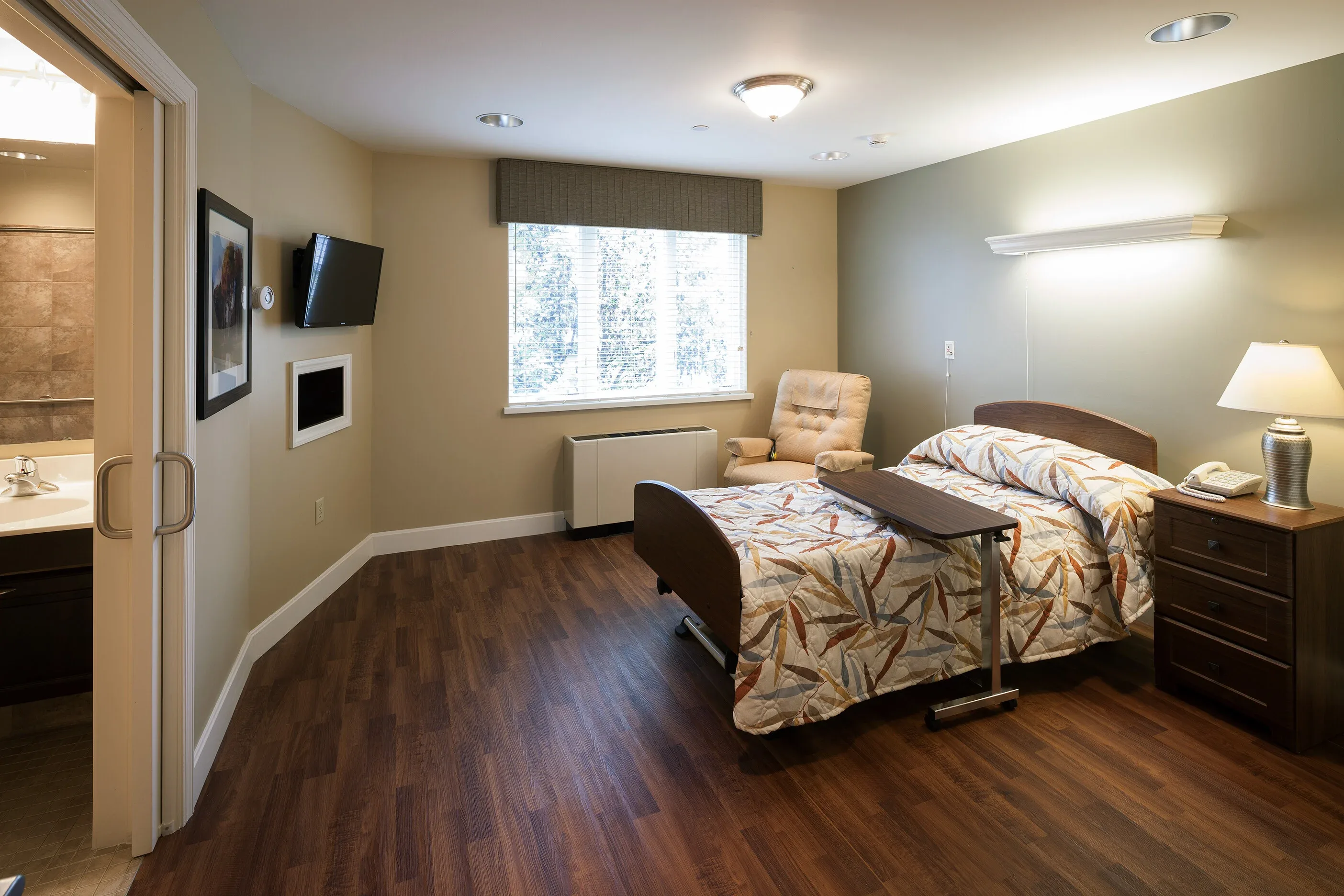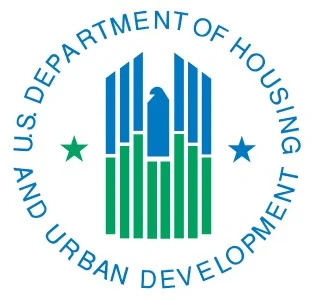Key Takeaways
- Current Reimbursement Models Penalize In-House Dialysis: The 10% payment reduction and complex Medicare Part B billing processes discourage SNFs from providing in-house dialysis, despite its significant benefits for residents and healthcare systems.
- In-House Dialysis Improves Resident Outcomes: Centralized dialysis eliminates stressful transportation for medically fragile residents, reducing adverse events and improving care continuity within the facility.
- Policy Reforms Can Encourage Adoption: Solutions like fair reimbursement rates, streamlined Medicare Part B processes, and quality performance bonuses can incentivize SNFs to offer in-house dialysis and sustain its financial viability.
- Education and Support Are Essential: Training programs and best practice protocols can help SNFs navigate regulatory and operational challenges, empowering facilities to integrate in-house dialysis successfully.
Background
Dialysis residents in skilled nursing facilities (SNFs) often present complex clinical challenges due to their unstable medical conditions and high comorbidity rates. Offering in-house dialysis within SNFs provides significant benefits to both residents and the healthcare system by improving care continuity, reducing stress for residents who would otherwise require frequent transportation to external dialysis centers, and cutting costs associated with transportation and associated fees. Despite these benefits, the current reimbursement structure disincentivizes SNFs from providing in-house dialysis, ultimately limiting access to this advantageous service.
Current Reimbursement Challenges
• Cost Burden on SNFs: While case mix scores for dialysis residents reflect their higher clinical complexity, SNFs face a 10% reduction in payment for providing in-house dialysis services. This penalty negates the financial incentive to adopt this resident-centered care model.
• Medicare Part B Barriers: Although a Medicare Part B payment option exists for SNFs to receive reimbursement for in-house dialysis services, operational and administrative barriers prevent effective utilization. For example, the requirements for billing and compliance with Part B are complex and often prohibitively burdensome, especially for facilities using certain models like Concerto.
• Uncompensated Costs: Facilities are responsible for covering dialysis costs when the service is provided in-house, further reducing financial viability and discouraging broader adoption.
Benefits of In-House Dialysis
• Improved Resident Outcomes: In-house dialysis eliminates the need for stressful and often dangerous transportation for medically fragile residents, thereby reducing risks of adverse events and hospitalizations.
• Cost Savings for Government Programs: By avoiding transportation and associated costs, in-house dialysis offers a more cost-effective solution for Medicare and Medicaid while delivering comparable or better resident care.
• Increased Operational Efficiency: Centralizing dialysis services within the SNF improves scheduling flexibility and resident care continuity.
Proposed Solutions
1. Establishing Fair Reimbursement Rates: Adjust the current payment structure to eliminate the 10% penalty on SNFs providing in-house dialysis. Instead, incentivize facilities to adopt this model through enhanced reimbursement aligned with the actual costs of care.
2. Streamlining Part B Reimbursement: Simplify the Medicare Part B billing process for in-house dialysis services to make it accessible to a broader range of SNFs. Consider pilot programs to test streamlined procedures in partnership with CMS and dialysis providers like Concerto.
3. Creating an In-House Dialysis Reimbursement Incentive: Introduce a policy rewarding SNFs that offer in-house dialysis services with additional funding or quality performance bonuses to offset operational costs and encourage adoption.
4. Education and Support Programs: Provide SNFs with resources and guidance to navigate regulatory and operational barriers to implementing in-house dialysis programs. Engage dialysis experts, such as Jim, to develop best practice protocols and training initiatives.
Conclusion
In-house dialysis represents a resident-centered, cost-effective solution that improves care outcomes while reducing systemic costs. However, the current reimbursement framework penalizes facilities for adopting this model, creating a disincentive that runs counter to the broader goals of value-based care. By addressing reimbursement challenges and reducing administrative barriers, policymakers can encourage greater adoption of in-house dialysis, benefiting residents, facilities, and the healthcare system overall.
What ASI Advocates For
The Aging Services Institute (ASI) advocates for policies that improve access to in-house dialysis in SNFs through fair reimbursement, simplified administrative processes, and incentives that align with the goals of value-based care. These efforts will ensure that residents with complex needs receive high-quality care without penalizing the facilities that serve them.



